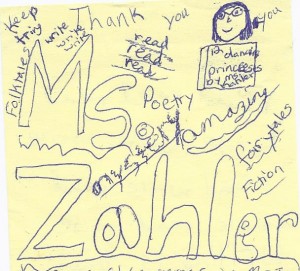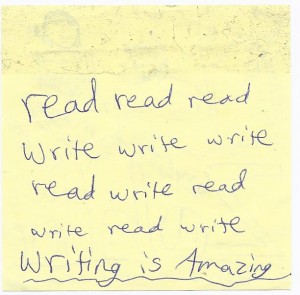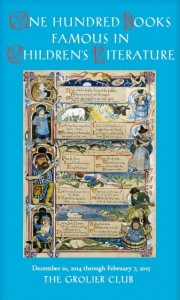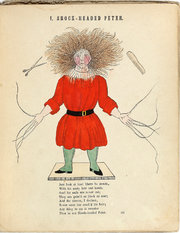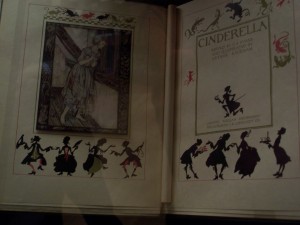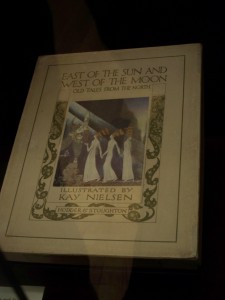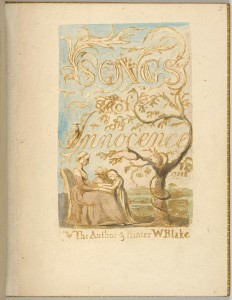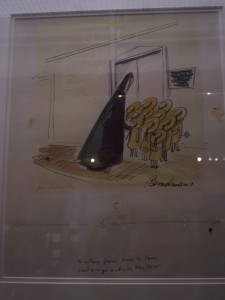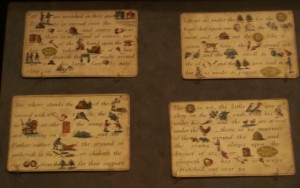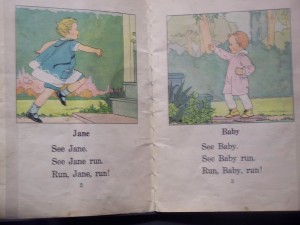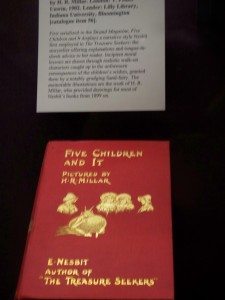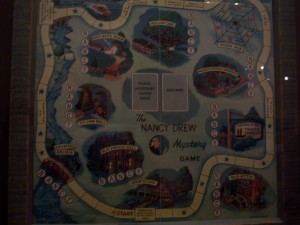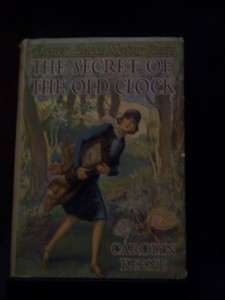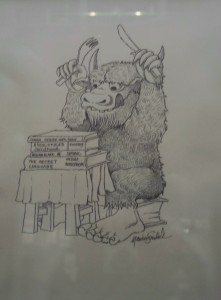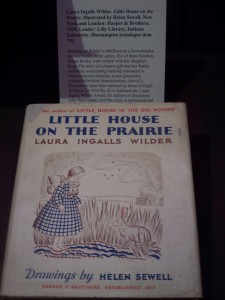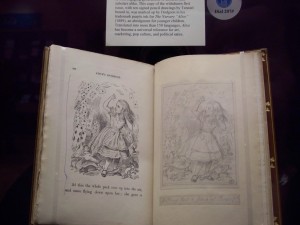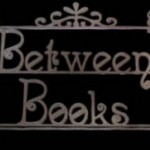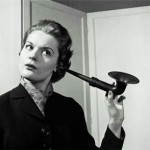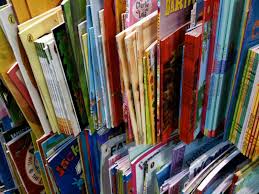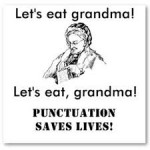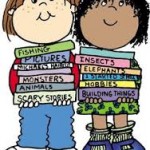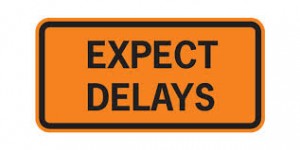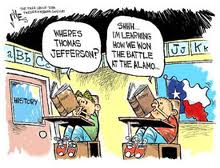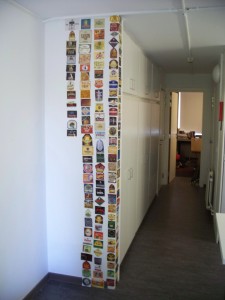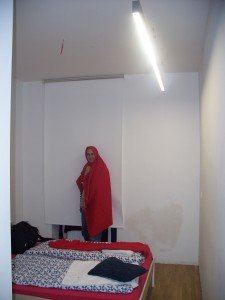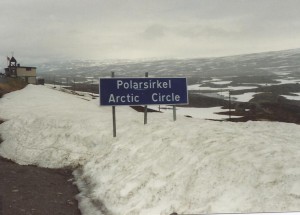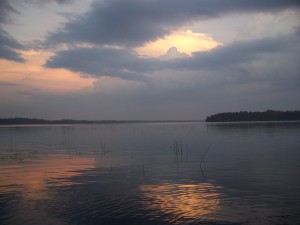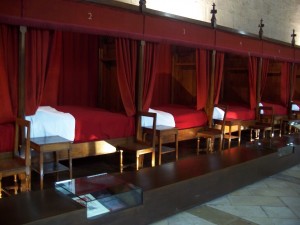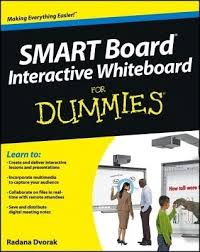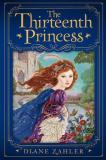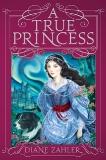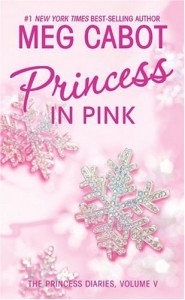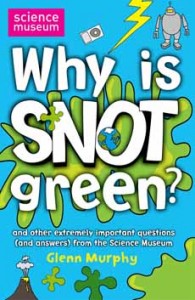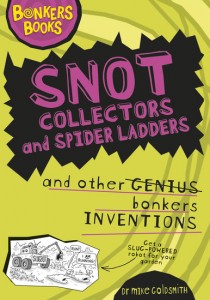Eight years ago, I wrote this post for author Heidi Schultz’s blog series HEY KID! You can see the original and the rest of the series here.
Hey, Kid!
It’s me — future you. No, time travel isn’t happening yet. And I haven’t figured out Mrs. Whatsit’s tesseract. But I don’t need it. I can still look back and see you as if it were yesterday.
I can see you in fourth and fifth grade reading all the different-colored Andrew Lang fairy tale books, and C.S. Lewis, and Edward Eager, and wishing so hard for magic to happen that it almost hurts. You wish on coins, on four-leaf clovers. You push your way to the back of every wardrobe, hoping to come out in Narnia.
I can see you hiding under the piano in the hallway outside your sixth grade classroom while the boys in the class make fun of you. You’re overweight, and they’re despicable. How do they come up with those awful nicknames? But you don’t cry. They never see you cry.
I can see you huddled in the corner of the schoolyard at the alternative junior high, writing in your notebook. You really, really want to be Harriet the Spy. The notebook defends you from what the other kids might be saying or thinking. You could be writing anything; they all wonder about it. It’s your shield.
I can see you reading and re-reading all your favorite books, even when your parents shake their heads in bewilderment, wondering why anyone would want to read a book twice when there are so many books to read. But you love them so much – Betsy, Tacy, and Tib; Harriet; Lucy, Edmund, Susan, and Peter; all of All-of-a-Kind Family; the Melendys; Meg and Charles Wallace; Ged the wizard; Claudia and Jamie. They’re your friends when real kids aren’t. Why wouldn’t you want to visit them over and over?
I can see you at the library every Friday night with your family. Your dad toting a big box of books to return, you and your brother and sister filling it up again with the new books for the week. Everyone in your family reads at every meal. You won’t even realize it’s weird until the first time you have a friend over for dinner, in seventh grade, and when you all sit down at the table with a book she just stares, her mouth open.
I can see you lonely and lost, and I’m sorry that you can’t see me. Because here’s the thing: that loneliness, that lostness – it all has a purpose. Your longing for magic leads you to invent your own magic worlds. You endure the bullies, and you figure out how to be brave and persistent. You watch people and write about them, and you begin to understand how to create a character. Your love of the library starts you on the path to what you – what I – do now. Because you hang out in the children’s room so much, you’ll wind up working there, all through high school and college. You’ll realize that you want children’s books to be your life. You’ll work in children’s publishing for a while, and then you’ll start writing yourself.
It’ll take you a long time – a REALLY long time – to get your first children’s novel published. You’ll get more rejections than you can count. You could probably paper a whole room with them. Or a whole houseful of rooms. But you learn, wishing on coins, hiding under the piano, sitting in the corner of the schoolyard, reading at the dining room table, working in the library, that children’s books are what you love, and that patience and persistence will get you where you want to be.
So listen, kid, don’t give up. Remember the feelings. Write it all down. And keep pushing to the back of every wardrobe. Narnia might not look quite the way you imagined, but you’ll get there.
Love,
Future Diane
p.s. I’m sorry to have to tell you this, but I can also see, from the future, that your Nehru jacket is a TERRIBLE mistake.
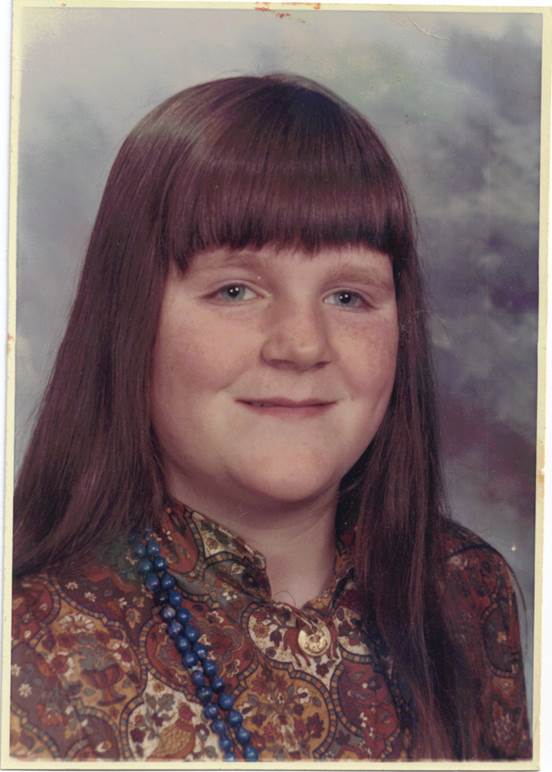



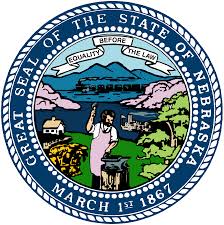 This is the children’s book award given by the state of Nebraska. The books are nominated by librarians, and kids from all over the state — 71,939 of them! — read them and then vote for their favorites.
This is the children’s book award given by the state of Nebraska. The books are nominated by librarians, and kids from all over the state — 71,939 of them! — read them and then vote for their favorites. So many thanks, readers of Nebraska! One of these days I will visit you — and I really hope I get to see that amazing-looking museum built over Interstate 80.
So many thanks, readers of Nebraska! One of these days I will visit you — and I really hope I get to see that amazing-looking museum built over Interstate 80.